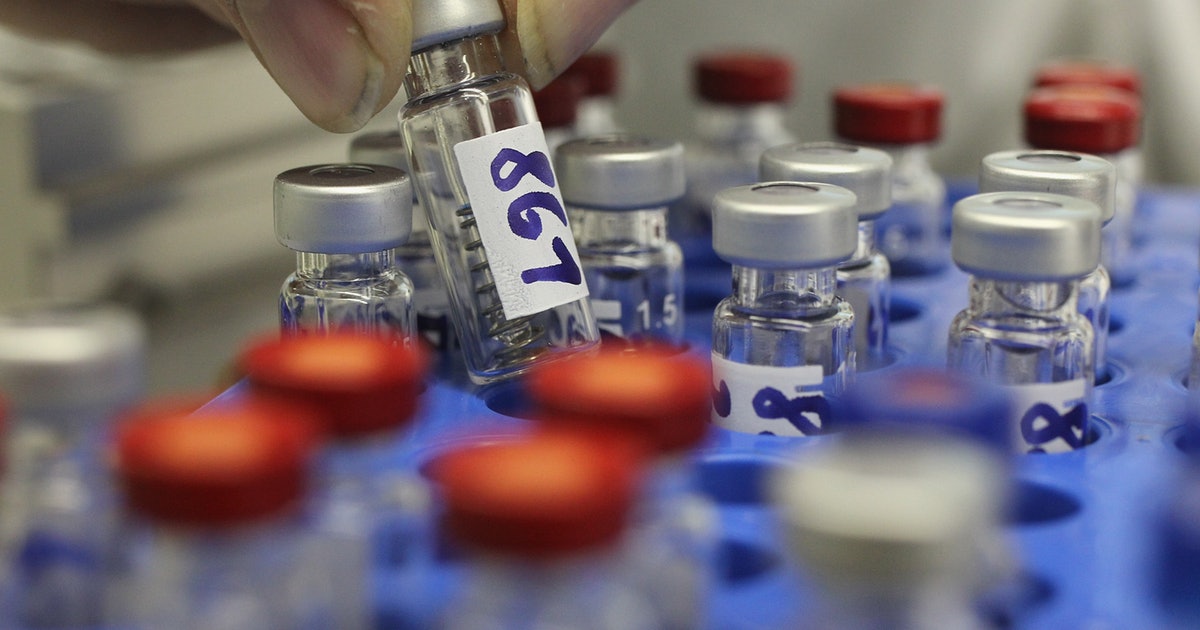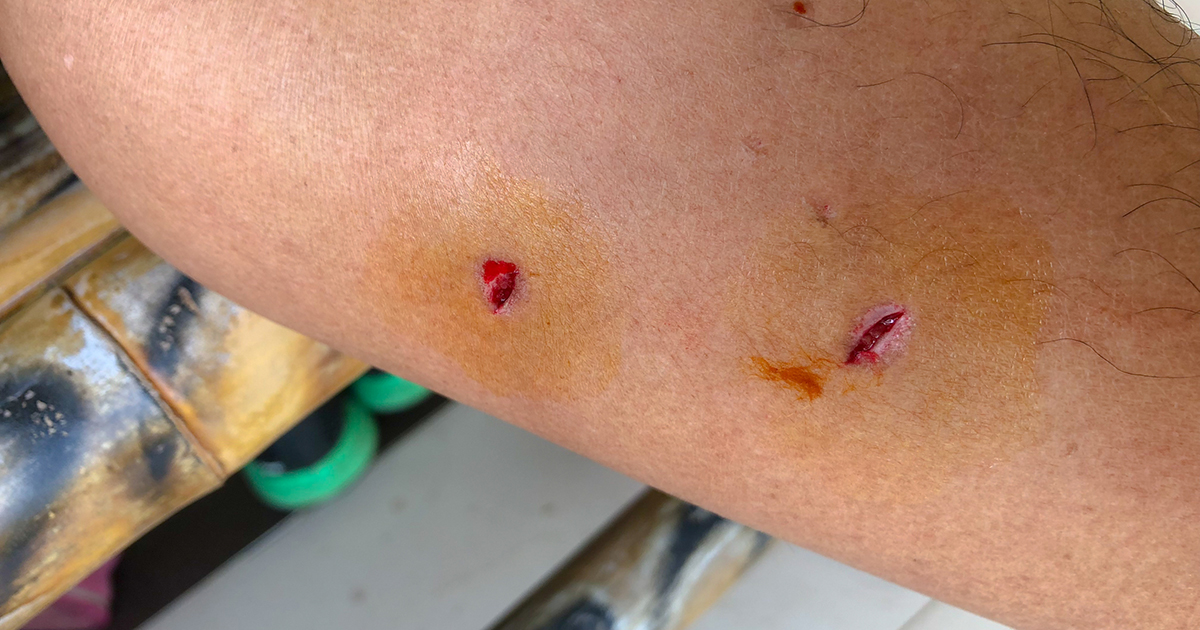Causes And Risk Factors Of Monkeypox
Monkeypox is a rare viral disease that originates in Africa. This virus, which is related to smallpox, can be transmitted to humans through fluid exchange by primates and rodents, such as coming in contact with infected blood or saliva. While it originates in Africa, the monkeypox virus has spread to many areas of the world, including the United States and the United Kingdom, due to the export of exotic animals as pets and bushmeat.
While most cases of monkeypox are mild and may resemble chickenpox or a very itchy rash that clears up within two to three weeks, it can be very severe. In parts of central and west Africa where the virus is more common, it kills about ten percent of the individuals who are infected. The following are the most important risk factors and causes for the monkeypox virus.
Orthopoxvirus

This genus of viruses includes many viruses that infect mammals, including humans, as primary hosts. Orthopoxviruses include monkeypox, cowpox, variola, and vaccinia virus. Variola virus, which causes smallpox, is the only orthopoxvirus that exclusively affects humans. Monkeypox is related to smallpox, and the virus is transmitted to humans through contact with fluids from primates and rodents. Fortunately, monkeypox is less severe than smallpox, and it's less likely to be contracted.
There are two primary strains of the monkeypox virus: central African and west African. The virus causes initial symptoms such as back pain, muscle aches, fatigue, headaches, and fever. After the fever breaks a rash usually develops on the face that spreads to the palms, soles of the feet, and other areas. The rash goes through many stages before forming a scab. The infection usually goes away on its own and lasts up to three weeks.
Learn more about the causes and risk factors of monkeypox now.
Animal Bites And Scratches

Monkeypox is often contracted and spread by individuals in close contact with an infected animal which can be a squirrel, rat, or monkey. The monkeypox virus must enter through mucous membranes or broken skin, the latter of which are usually the result of animal bites and scratches. The virus itself is spread by bodily fluids of an infected animal which can include saliva. Coming into contact with the lesions on an infected animal may also cause monkeypox.
It still isn't known the full range of animals that can be infected by and spread monkeypox. New World and Old World monkeys and apes, rabbits, and many rodents like mice, rats, squirrels, and prairie dogs are known to be carriers, but some other wild and domesticated animals can be susceptible.
Continue to reveal more risk factors of monkeypox.
Consumption Of Meat From Infected Animals

A risk factor for monkeypox is the consumption of meat from infected animals. It appears only the consumption of inadequately cooked meat can pass the virus to a human. Many of the animals known to harbor monkeypox are native to Africa where the consumption of bushmeat can cause monkeypox in humans. Bushmeat is the meat of non-domesticated animals of Africa, and its consumption has been linked to numerous outbreaks of diseases such as monkeypox and Ebola. In Central Africa, bushmeat accounts for about eighty percent of individuals' protein intake. Bushmeat that may cause monkeypox can include Gambian pouched rats, monkeys, and rope squirrel. The movement of bushmeat out of Africa is believed to be a driver for outbreaks of the virus across the world.
The best way to mitigate this risk is wearing gloves and protective clothing while handling animals and during slaughtering and cooking meat thoroughly.
Keep going to get to know more risk factors and causes of monkeypox.
Direct Contact With Patients

It is possible to catch monkeypox through direct contact with patients who have the disease, but it is less infectious than smallpox. The disease can spread through direct contact with lesions or bodily fluids of someone who is infected or through respiratory droplets during face-to-face contact. It's even possible to catch the virus through contact with clothing, bedding, or other objects recently contaminated with the bodily fluids of someone with monkeypox.
Person-to-person transmission of monkeypox is uncommon. Most cases of monkeypox are transmitted from animals, especially rodents, to individuals through direct contact, and person-to-person transmission is infrequent.
Learn about another factor in monkeypox.
Entry Through Broken Skin

Monkeypox enters the body through broken skin. It gains entry through broken skin such as an animal scratch or a bite or the mucous membranes in the nose, eyes, and mouth. The virus is transmitted through an infected animal's bodily fluids, usually saliva or blood. While the virus usually enters through broken skin, it can also be spread in other ways. For example, close contact with infected animals can spread the disease through respiratory tract secretions, touching skin lesions, or touching objects that have recently been contaminated with fluids.